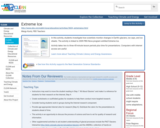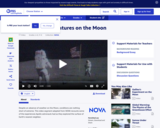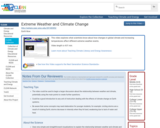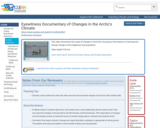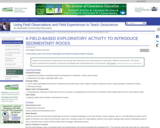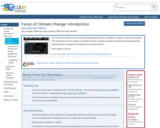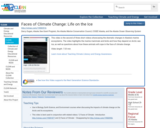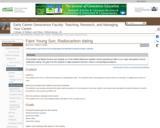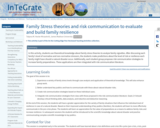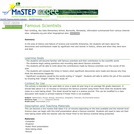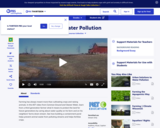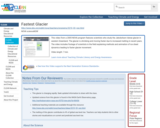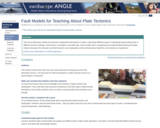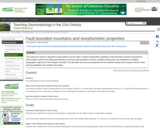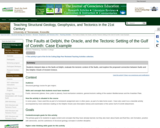This exercise is based on the information presented in following article:
Bull, W.B., 1984, Tectonic Geomorphology: Journal of Geological Education 32, pp.310-324.
To prepare for the classroom exercise, the instructor briefly presents the concept that measurable landform properties can reflect the intensity of tectonic activity. We discuss that certain landforms and settings are particularly useful in these types of analyses, for example, fault-bounded mountains and piedmonts. The class goes through a quick review of dip-slip faults, fault scarps, and triangular facets, and the Tobin Range is introduced as a typical example of a fault-bounded mountain range. We then ask the question, what are the useful characteristics of these settings in terms of inferring tectonic activity?
To address the question, students work in groups of 2 or 3. Each group is given a set of topographic maps chosen from the following (the region can also be printed from CDs of digital, seamless topo.s, but the quad. names are provided for reference):
7.5 minute quad.s: Home Station Ranch , Jersey Summit , Kennedy Canyon, Mount Tobin , Needle Peak
15-minute quad.s: Mt. Tobin, Buffalo Springs, Cain Mountain
On each map set, two lengths along the fault scarps are marked. One is marked in red and one in purple. Each student group has a map set of a slightly different region, but all map sets have a red fault scarp and a purple fault scarp marked. The red fault scarps in all of the sets are those that have experienced more recent displacement.
Each group is asked to do the following:
1. List physical characteristics of each of the two fault-bounded mountains/piedmonts that are marked on your quad.s with different colors.
2. Decide among yourselves which fault-bounded mountains/piedmont has experienced more recent displacement.
3. Suggest morphometric properties that could be used to differentiate between the more recent and less recent displacement, and explain why each of your properties makes sense. Morphometric properties must be measurable from the topographic maps.
After about 10 minutes, the class reconvenes and we go through the first two questions as a class. Then, each group presents at least one morphometric property and explains their reasoning.
Once we have a list of properties that the class agrees on, the instructor presents and the class discusses the properties that Bull (1984) used in his research of the Tobin Range region, such as sinuosity, the ratio between the valley floor width and the total valley height, the development of triangular facets.
Designed for a geomorphology course
Addresses student fear of quantitative aspect and/or inadequate quantitative skills
(Note: this resource was added to OER Commons as part of a batch upload of over 2,200 records. If you notice an issue with the quality of the metadata, please let us know by using the 'report' button and we will flag it for consideration.)
